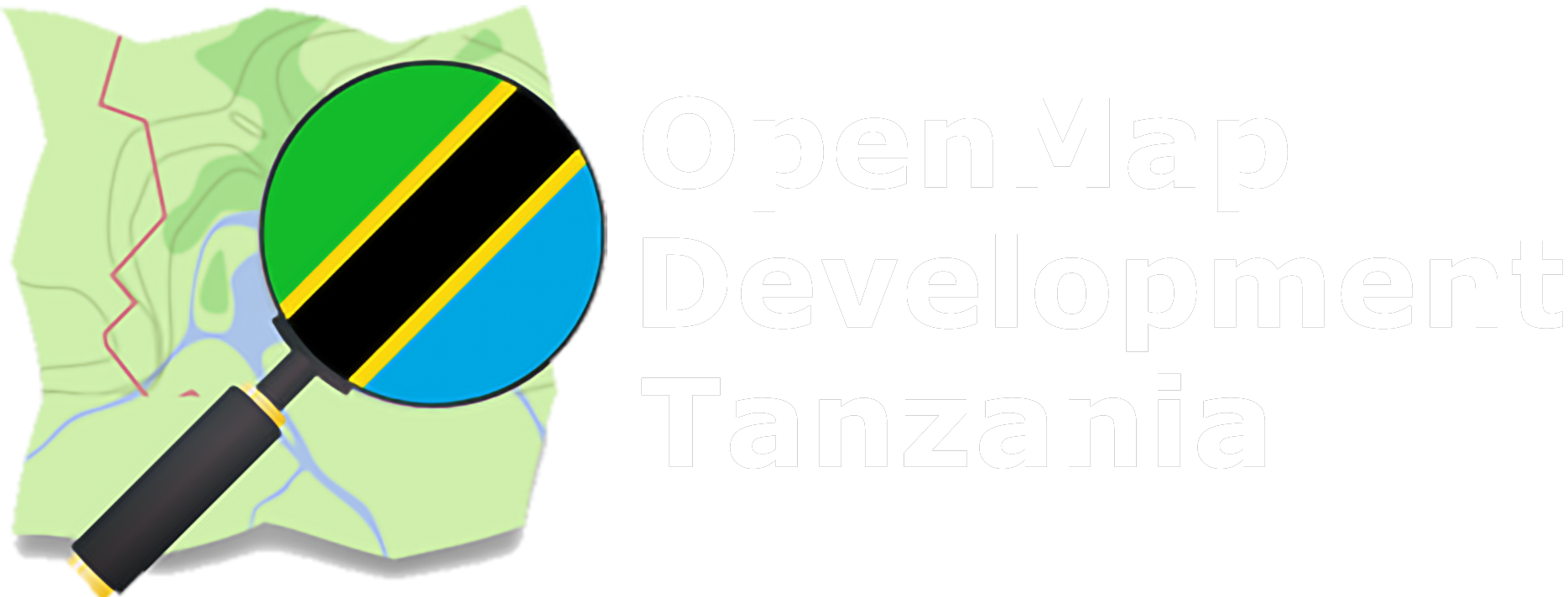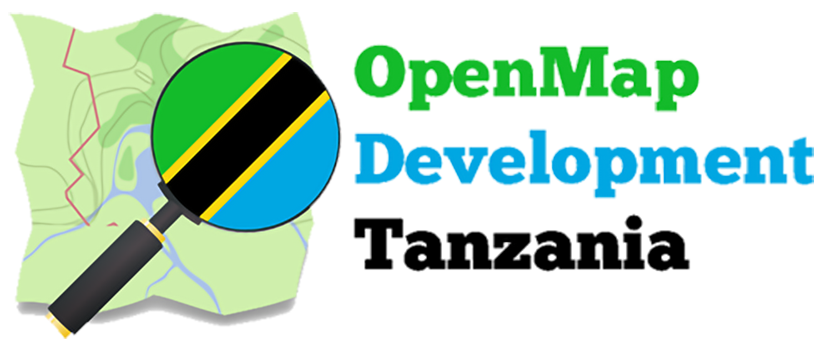Tanzania is the most flood-affected country in East Africa, and city governments across the country are underprepared to meet the challenges of urbanization, including the increased vulnerability to climate-related hazards. Tanzanian towns and cities have undergone a massive spatial expansion while little data exist to support authorities in making informed decisions.
Tanzania is the most flood-affected country in East Africa, and city governments across the country are underprepared to meet the challenges of urbanization, including the increased vulnerability to climate-related hazards. Tanzanian towns and cities have undergone a massive spatial expansion while little data exist to support authorities in making informed decisions.
There is growing recognition by the Government of Tanzania (GoT) and development partners i.e The World Bank and The United Kingdom’s, Foreign Common-Wealth and Development Office (FCDO) who have partnered to take proactive and preventive actions to minimize and better manage future risks through the Tanzania Urban Resilience Program (TURP). TURP employs coordinated and strategic action to improve Tanzania’s ability to prepare for, respond to, and adapt to a changing climate.
In 2015, the World Bank started efforts to fill the existing data gaps during the implementation of one of the largest open community mapping projects – the Ramani Huria project. The project mapped over 40 wards of Dar es Salaam, making it the most detailed mapped city in Africa on OpenStreetMap – a free editable map of the world and Climate Risk Database. For sustainability purposes, the outputs of Ramani Huria are carried forward by the Tanzania Resilience Academy program – a program that aims at developing skills for university students on different digital skills including geospatial technology.
OpenMap Development Tanzania (OMDTZ) in partnership with Tanzania Resilience Academy supported by the World Bank, replicated the efforts in Morogoro Urban which is one of the fastest-growing secondary cities in Tanzania. Though still a young city, Morogoro is already facing seasonal flooding due to inadequate drainage and poor solid waste management systems. The focus of the project was to provide skills to university students who collected data to support decisions regarding these challenges at an early stage that will save the city from critical flooding and uncontrolled growth.
Students from SUA with the supervision of OMDTZ collected data in the identified area of interest – ten (10) wards and fifty-nine (59) sub-wards in Morogoro Urban. The initial plan according to World Bank AIO was to map 8 wards identified by the World Bank and has been selected based on the location of infrastructure investments under the proposed TACTIC project, ward boundaries, and catchment boundaries. Two more wards Chamwino and Mafisa were recommended by the Morogoro Municipal Environment department as the wards also experienced flooding. Some parts of identified wards are characterized by the development of informal settlements, poor road infrastructures, ineffective waste collection systems, and roads with no drains where all these combined result in flooding. The mapped wards include Mazimbu, Uwanja wa Taifa, Kiwanja cha Ndege, Mwembesongo, Mji Mpya, Kihonda, Kichangani, Boma, Chamwino and Mafisa as shown in the map below.
The broad objective of the assignment was to collect datasets in Morogoro urban which is important in urban development while engaging and equipping SUA students with skills in digital geospatial data and data collection methodologies. Specifically, the project had three major objectives:
● To provide training to 50 students from SUA to conduct mapping in selected wards in
Morogoro as part of their industrial training.
● To create datasets for trees, canopies, and grasslands in the area of interest.
● To conduct Post-flood household mapping in the area of interest.
● To Map important facilities and amenities in an identified area of interest
● To digitize building footprints by using aerial imagery provided by The World
Bank in an area of interest
OMDTZ used community mapping techniques to implement this project by working with community members in the communities where the mapping was conducted. The community members worked together with trained students from the Sokoine University of Agriculture (SUA). Community mapping methodology has proven worthy in terms of collecting detailed information from the community while minimizing the time and cost of mapping.

